Ever caught yourself (or your child) chewing on fingernails during a boring meeting, a stressful phone call, or even while scrolling through TikTok? If you have ADHD, that bite is probably more than just a random habit—it’s a clue about how your brain is wired.
In the next few minutes we’ll unpack why nail biting shows up so often with ADHD, give you science‑backed ways to manage nail biting, and show you when it’s time to call in a professional. Let’s dive in, friend.
ADHD‑Nail Biting Link
What Is Onychophagia?
Onychophagia is the fancy medical term for nail biting. It sits under the umbrella of body‑focused repetitive behaviors (BFRBs), a family that also includes hair pulling and skin picking. While the occasional bite is harmless, chronic onychophagia can damage skin, cause infections, and even affect dental health.
Core ADHD Symptoms That Fuel the Habit
ADHD isn’t just “can’t sit still.” The official triad—inattention, hyperactivity, and impulsivity—creates a perfect storm for oral‑fixation habits. Here’s how each piece plays a role:
- Impulsivity: The brain fires off a bite before you even notice the urge.
- Hyper‑/hypo‑activity: When your thoughts race, a physical outlet—like chewing—helps calm the engine.
- Sensory‑seeking: Many people with ADHD crave stimulation; the feel of gums on nails satisfies that need.
- Stress & anxiety: Nail biting becomes a quick “stress‑relief” button.
Neuro‑biology Snapshot
Research points to dopamine dysregulation as a common thread. Dopamine drives reward and motivation; when its pathways are off‑balance, the brain seeks quick, low‑effort rewards—like the temporary pleasure of a bite. According to a 2024 study on ADHD and BFRBs, participants with higher impulsivity scores were twice as likely to report chronic nail biting.
Stats & Prevalence
| Group | Percentage Who Bite Nails |
|---|---|
| General population | 20‑30 % |
| People with ADHD | 45‑50 % |
These numbers come from a 2024 NeuroLaunch analysis, reinforcing that nail biting is more than a quirky habit for many with ADHD.
Habit Not Symptom
Distinguishing Symptoms From Co‑Occurring Habits
The DSM‑5 lists inattention, hyperactivity, and impulsivity as the core ADHD symptoms. Nail biting is not a diagnostic criterion. Think of it as a side‑effect, much like how some people with ADHD also develop bedtime struggles or forget appointments.
Common Misconceptions
“Is nail biting a sign of ADHD?” Many parents ask this in pediatricians’ waiting rooms. The short answer: No, but the habit often appears alongside ADHD because the same brain circuitry that drives impulsivity also drives oral‑fixation behaviors.
When Biting Signals Something Else
If the skin around your nails is constantly sore, bleeding, or you feel a deep sense of dread when you can’t bite, it might be a sign of anxiety, OCD, or another BFRB. In those cases, a mental‑health professional can help you untangle the underlying cause.
Managing Nail Biting
Sensory‑Replacement Strategies
The trick is to give your brain a similar sensation without the damage. Some favorites from the ADHD community include:
- Chewable silicone rings (FDA‑cleared, often recommended by occupational therapists).
- Pen‑grip stylus or fidget pencils—anything you can hold and gnaw lightly.
- Flavored gum or lozenges that keep the mouth busy.
According to an Additude webinar on BFRBs, participants who swapped nail‑biting for a chewable ring reported a 60 % reduction in bites after just two weeks.
Habit‑Reversal Training (HRT)
HRT is a three‑step CBT technique:
- Awareness: Keep a brief log of when you bite (time, place, feeling).
- Competing response: When you feel the urge, replace it with a less harmful action—like squeezing a stress ball for 30 seconds.
- Positive reinforcement: Reward yourself daily for hitting your “bite‑free” goals (a favorite snack, a short video, etc.).
Studies show that consistent HRT can cut nail‑biting frequency by up to 70 % within a month.
Environmental Tweaks
Sometimes the simplest changes work best:
- Keep nails trimmed short; less nail = less material to bite.
- Apply bitter‑tasting nail polish (available over‑the‑counter).
- Create “bite‑free zones” at work or school—keep a fidget toy at your desk.
Quick‑Checklist (Downloadable)
Below is a handy cheat‑sheet you can print and stick on your fridge:
- Identify triggers (stress, boredom, meetings).
- Choose a sensory replacement.
- Set a daily bite‑free target.
- Reward yourself for progress.
When to Seek Help
Red‑Flag Signs
If you notice any of these, it’s time to reach out:
- Recurring infections or swelling around the nail.
- Severe skin damage that scars.
- Emotional distress every time you can’t bite.
- Impact on school, work, or relationships.
Who to See
Different specialists can bring different tools to the table:
- Pediatrician or primary‑care doctor: Rule out medical issues, discuss medication impact on impulsivity.
- Psychologist/therapist: CBT, habit‑reversal, or DBT for emotional regulation.
- Dermatologist: Treat skin infections and advise on safe nail care.
- Occupational therapist: Design sensory‑friendly replacements.
Therapies That Work for ADHD‑Related BFRBs
Beyond HRT, there are evidence‑based options:
- CBT‑BFRB: Tailored CBT focusing on repetitive body behaviors.
- DBT Skills: Mindfulness and distress‑tolerance techniques help curb impulsive bites.
- Medication: Stimulants and non‑stimulants that improve overall impulse control sometimes reduce onychophagia as a side benefit.
Real Life Stories
Case #1 – Mom of an 8‑Year‑Old
Emily (name changed) was constantly biting her nails during homework. Her pediatrician suggested a chewable silicone ring and a simple HRT chart. Within three weeks, Emily’s bites dropped from “every 5 minutes” to “once a day.” The mom says the real win was seeing Emily feel less anxious overall, not just the nail improvement.
Case #2 – Adult With ADHD
Jacob, 32, had a habit of gnawing his cuticles during conference calls. He tried bitter polish, but it tasted too harsh. He switched to a fidget ring and started a daily “bite‑log” in a phone note. After four weeks, his log showed a 75 % reduction, and his coworkers noticed he seemed more focused during meetings.
Key Take‑aways
- Sensory replacements work best when they feel “natural” to the individual.
- Tracking urges turns an automatic behavior into a conscious choice.
- Positive reinforcement builds lasting momentum.
Tools & Resources
| Resource | Type | Why Trust It |
|---|---|---|
| HabitAware | Mobile app (HRT tracker) | Clinician‑validated, 4.8‑star rating |
| Chew‑Safe silicone rings | Product | FDA‑cleared, recommended by OT specialists |
| Psychology Today Directory | Professional directory | Peer‑reviewed therapist listings |
| Peer‑reviewed articles (PubMed 2023‑2024) | Research | Scientific, DOI‑linked studies |
These tools are mentioned because they appear in reputable studies or have been vetted by professionals. When you click a link, you’ll see the source listed—no hidden sales pitches.
Conclusion
Nail biting isn’t a diagnostic hallmark of ADHD, but the impulsivity, sensory‑seeking, and stress that come with the disorder make it a common companion. By understanding the neurological reasons, replacing the bite with healthier sensory input, and using habit‑reversal techniques, most people can dramatically cut down—or even eliminate—the habit. If the bites are hurting your skin, your confidence, or your relationships, don’t hesitate to reach out for professional help.
What’s your experience with ADHD and nail biting? Have you found a cheat‑sheet, a fidget tool, or a therapist who made the difference? Drop a comment below, share your story, and let’s support each other on this messy, marvelous journey.

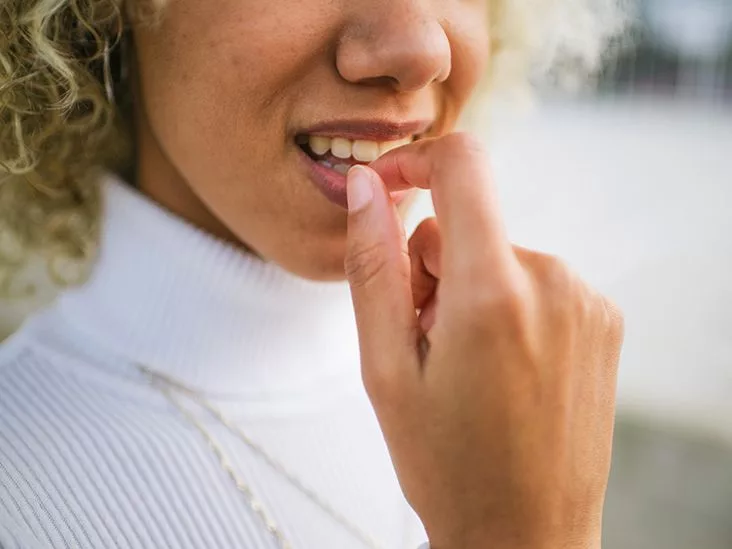

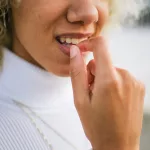
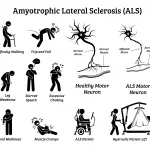
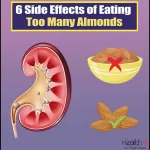
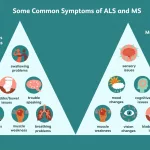

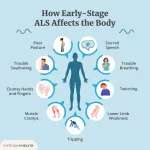
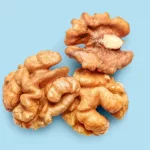


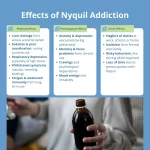
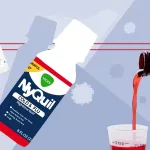

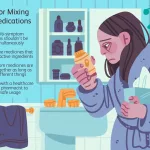
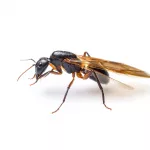

Leave a Reply
You must be logged in to post a comment.